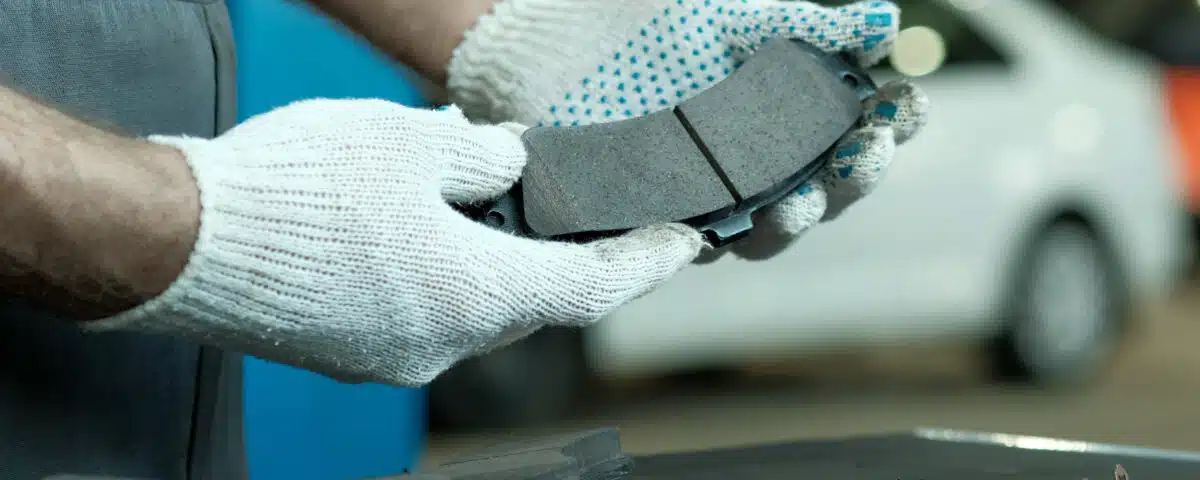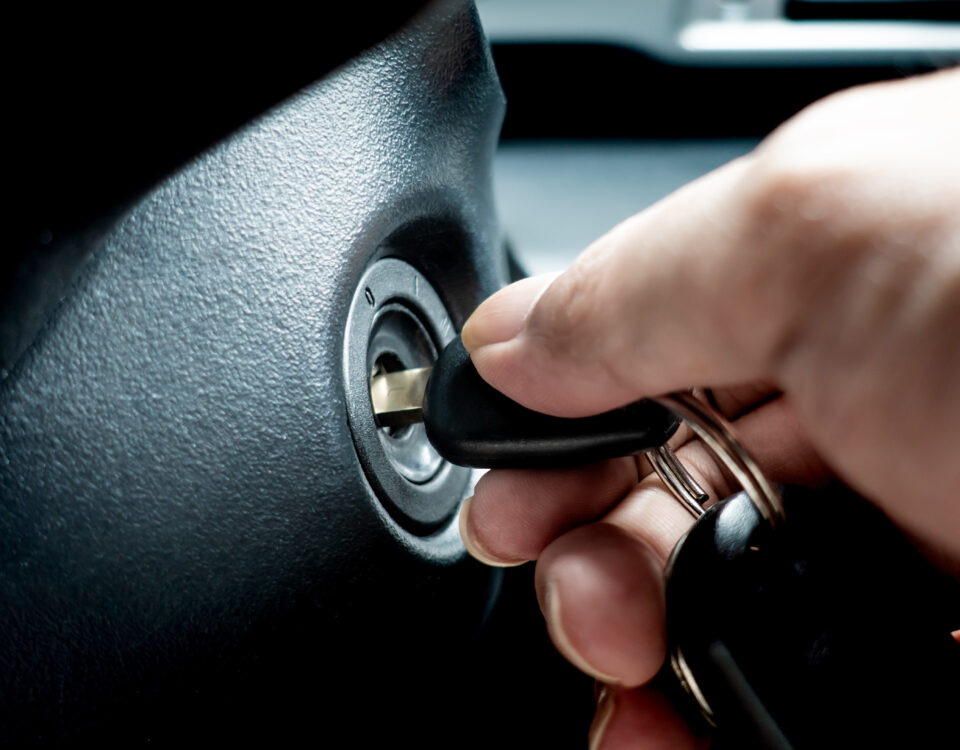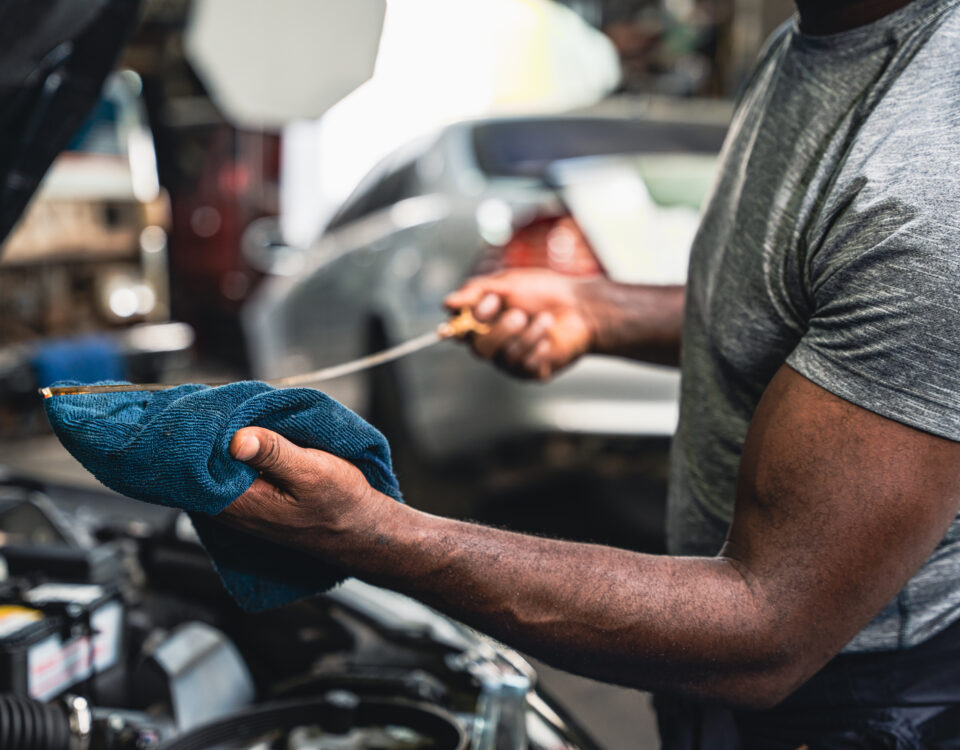
Keep Your Car Running Smoothly During Spring Break With These Essential Maintenance Tips
March 16, 2023
Listen Up: 10 Sounds You Should Never Ignore in Your Car
March 29, 2023It’s no secret that proper brake maintenance is essential for the safety and reliability of your vehicle. A well-maintained braking system will help you stop quickly and safely when you need to. Brake pads and shoes wear down over time, so it’s important to have them inspected and replaced regularly. In this blog post, we’ll discuss the importance of preventative brake maintenance, and we’ll give you some tips on how to keep your brakes in good condition.
Are Your Brake Pads Worn?
One of the most important components of your brake system is the brake pads. The brake pads are what provide friction to slow and stop your car, so it’s essential that they remain in good condition. If you haven’t had them inspected in a while, it’s time to do so! Brake pad wear can be caused by a variety of factors, such as driving aggressively or frequently in wet weather. If you notice your brakes becoming noisy or less responsive than normal, it’s time to have them inspected.
Don’t Risk It: Preventative Brake Maintenance Protects You and Your Vehicle
Preventative brake maintenance is key to keeping you and your car safe. Without regular inspections, your brakes would fail without warning, leading to potentially dangerous situations on the road. Regularly checking the condition of your brakes can help prevent accidents and reduce overall wear and tear. It’s important to inspect your brakes regularly to make sure that everything is in working order.
How to Inspect Your Brakes
The first step in preventative brake maintenance is to inspect your brakes. It’s important to check the condition of the brake pads, shoes, rotors, and drums for wear or damage. You should also make sure that all of the connections are secure and free from corrosion.
Brake checks while driving
Here are a few ways you can be in-tune with your brakes and whether it’s time to have them checked.
- Listen to your brakes. Brake pads are designed to make a noise as an early warning signal that they need to be changed. This noise will usually sound like metal scraping on the wheels when the car is moving. The sound caused by these wear indicators will typically get louder the more the brakes are used. If, after inspection, you still have noisy brakes, you may require different adjustments or repairs.
- Pay attention to your brake pedal and steering wheel. When brake pads are worn out, a vibration can often be felt in the brake pedal when braking. A vibrating steering wheel when braking may also be a sign of brake pad issues.
- Notice if the warning light comes on. If the brake warning light on your dashboard comes on while you’re driving, Cars.com says you may be running low on brake fluid. Have your brakes checked as soon as possible.
If you have concerns about whether or not your brake system is functioning properly, you should have it inspected by a professional immediately.
Visually inspect brake pads
It can also be helpful to take a look at your brakes to see if there are any obvious signs of wear and tear. When the car is parked safely and the ignition is off, follow these tips for visually inspecting your brake pads:
- Look at the wheels. Brake dust accumulation in the wheel is a sign of normal wear. If you notice that your wheels are dirtier or cleaner than usual, you may want to have your brakes inspected.
- Observe the brake pad. On many cars, the brake pad can be seen through the wheel. Look at it to determine its thickness. If it seems very thin, less than ¼ inch, it is likely in need of replacement. Some brake pads have a slot in the center that serves as a wear indicator. Look at the slot — if it’s almost gone, the pad probably needs to be replaced.
Regular Maintenance Is Key
The best way to keep your brake system functioning properly is with regular maintenance. Depending on the make and model of your vehicle, you should have your brakes inspected and serviced according to the manufacturer’s recommendations. This can help keep your car in safe working condition for years to come.
When it comes to preventative brake maintenance, don’t risk it! Regular inspections of your vehicle’s brake system can save you from dangerous situations on the road and from costly repairs down the line. Not to mention, it can provide peace of mind that your brakes will work when you need them most. Taking the time to inspect and maintain your brakes is well worth the effort. For help, contact Scott’s today!




